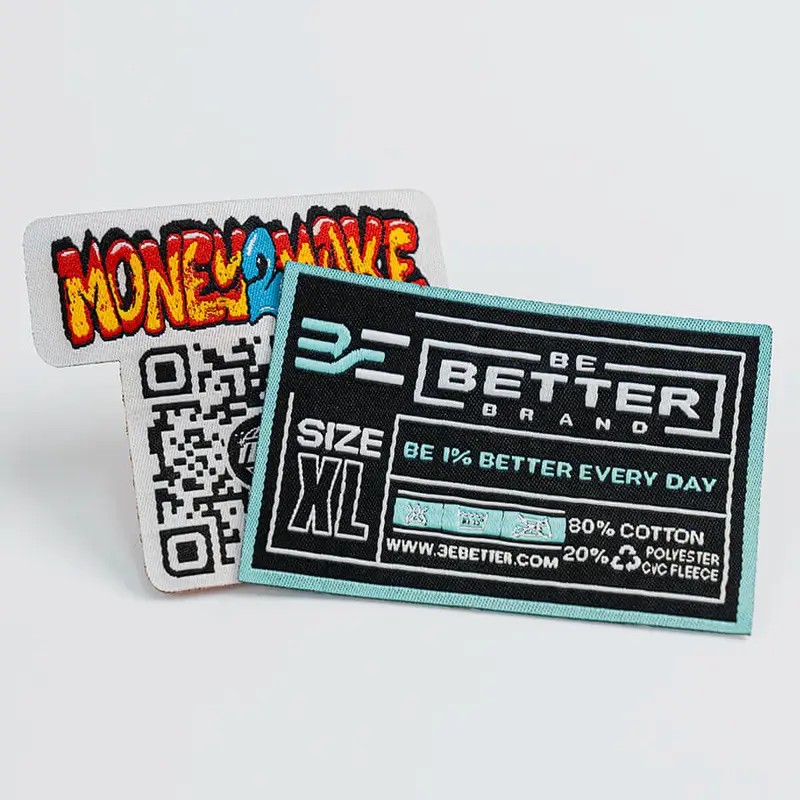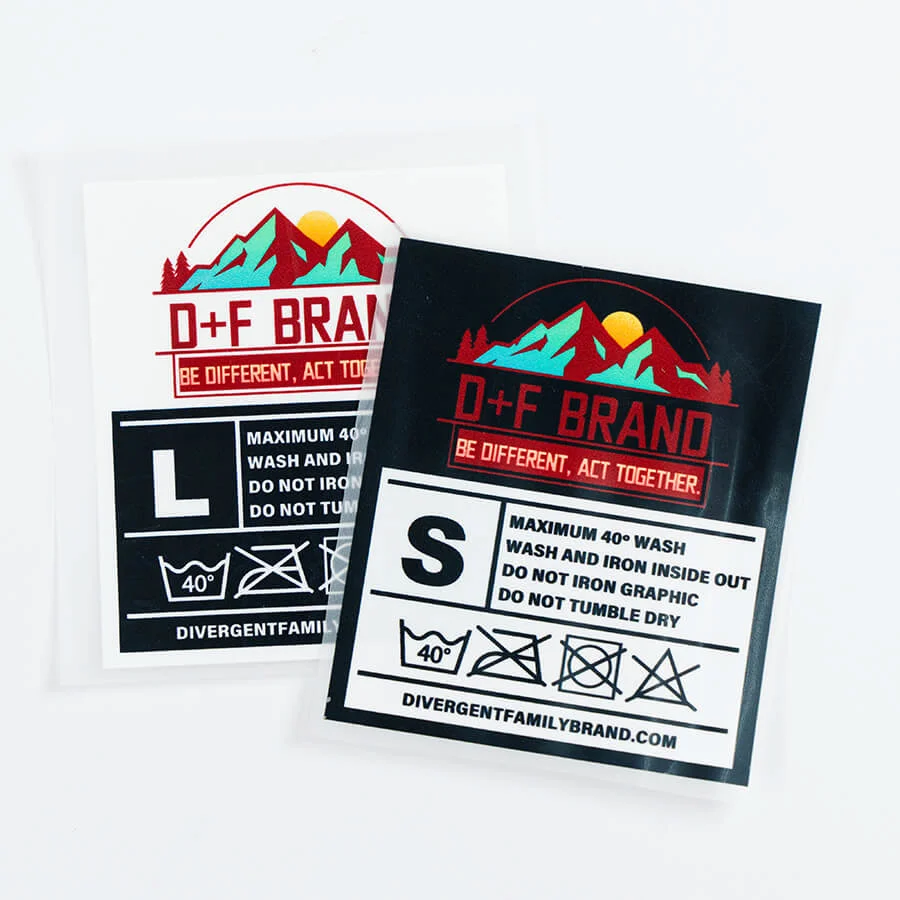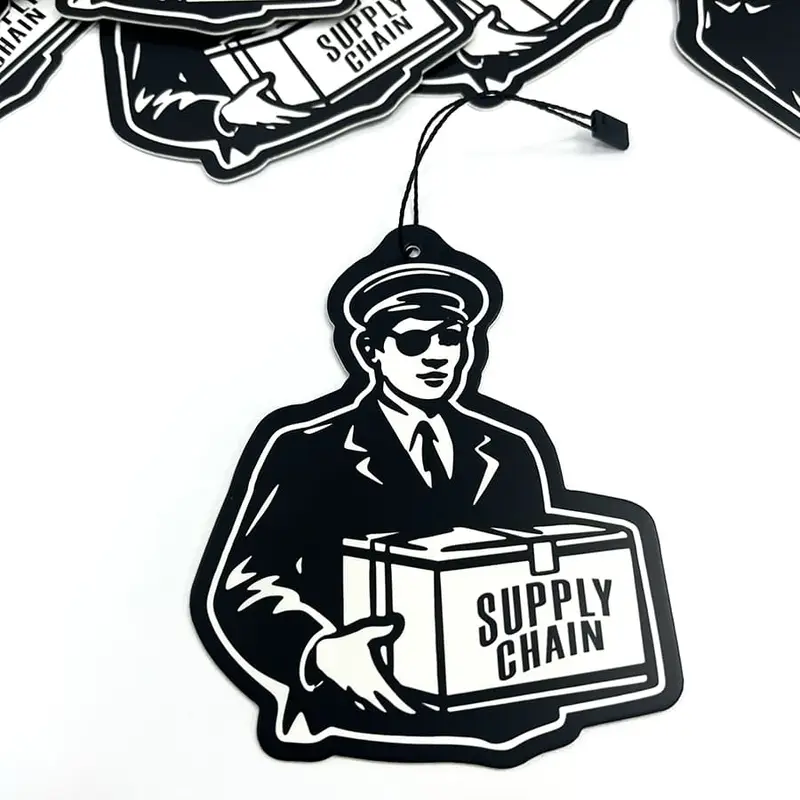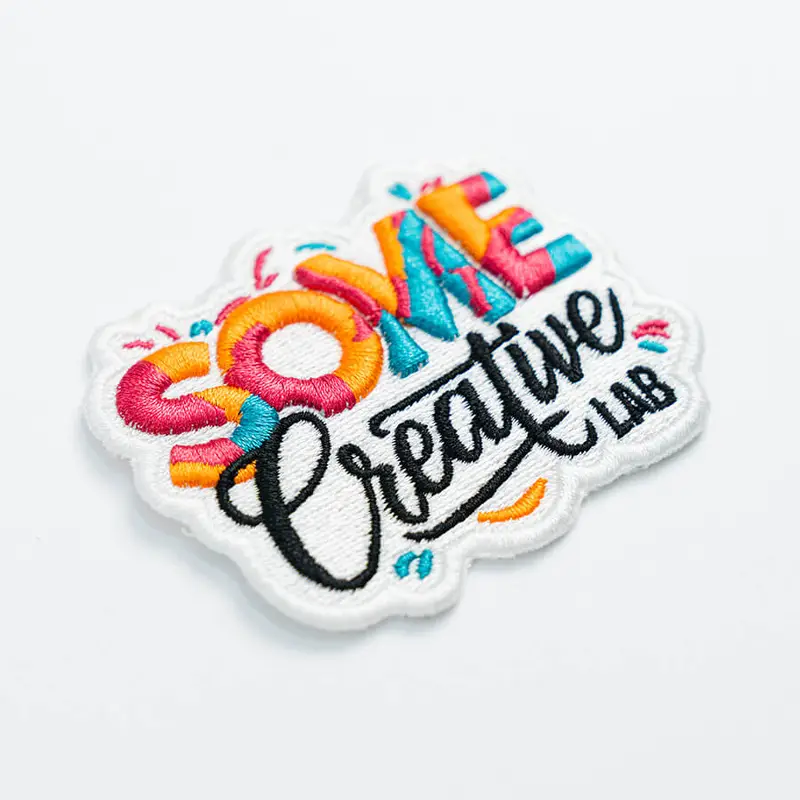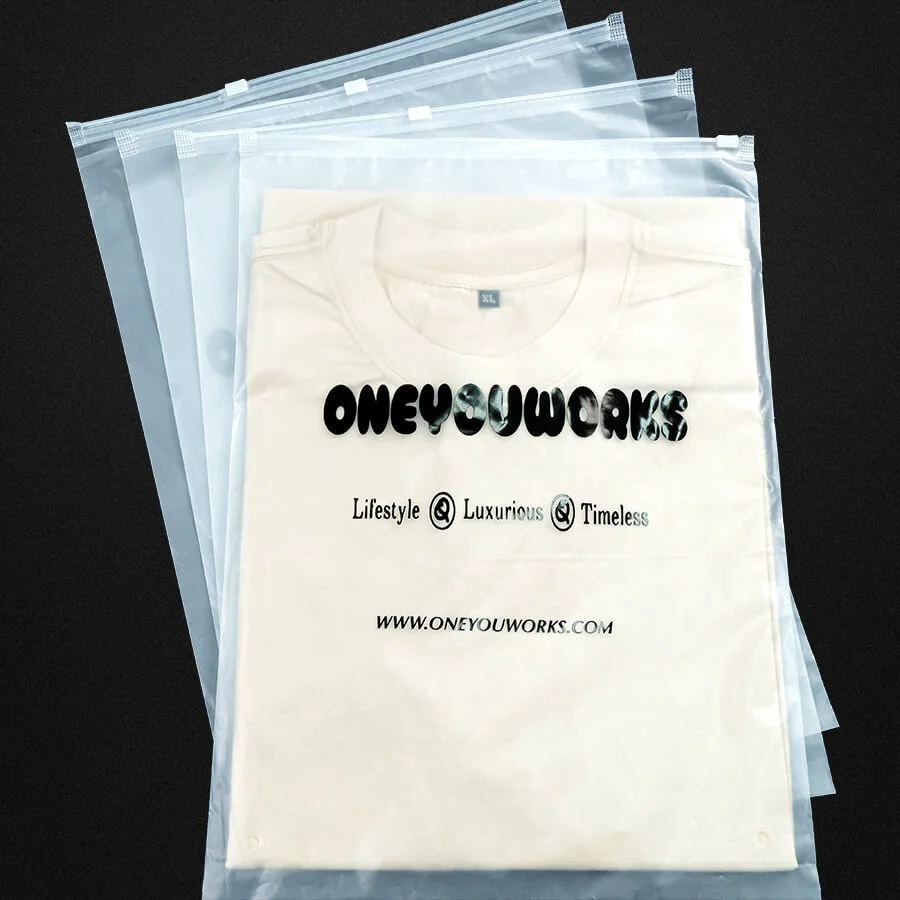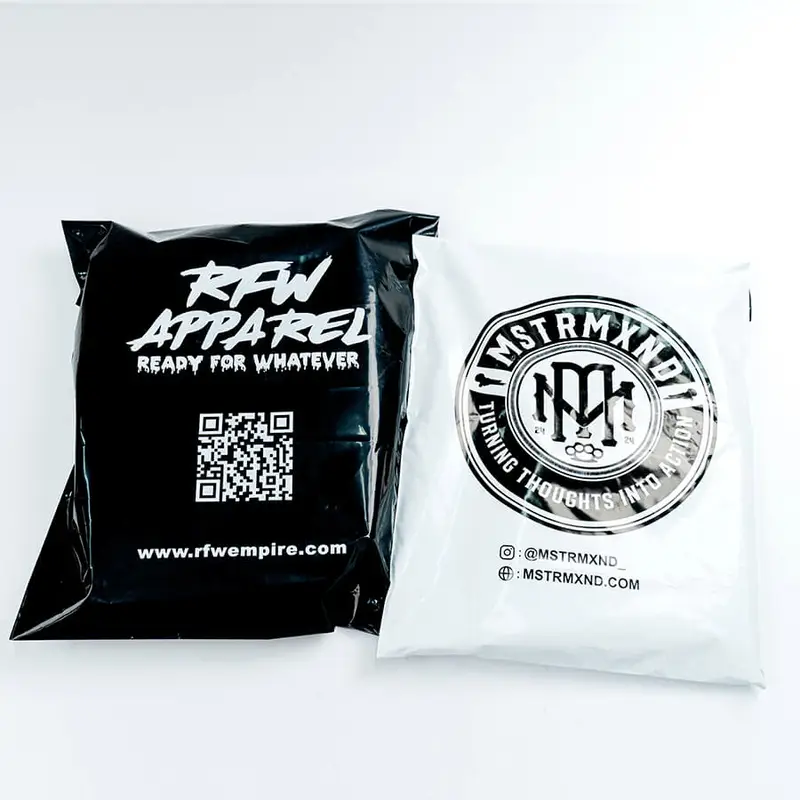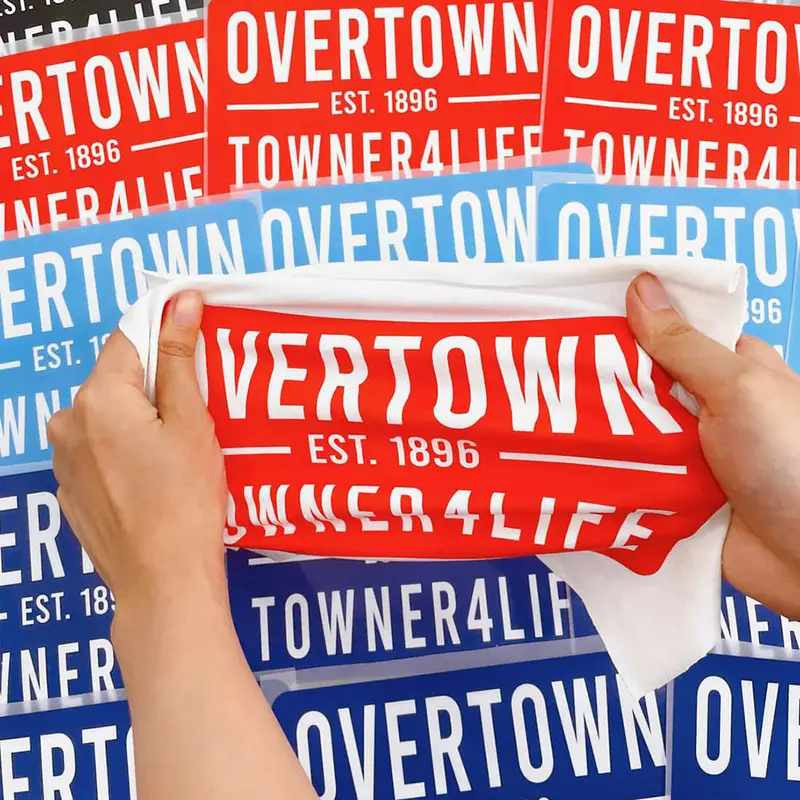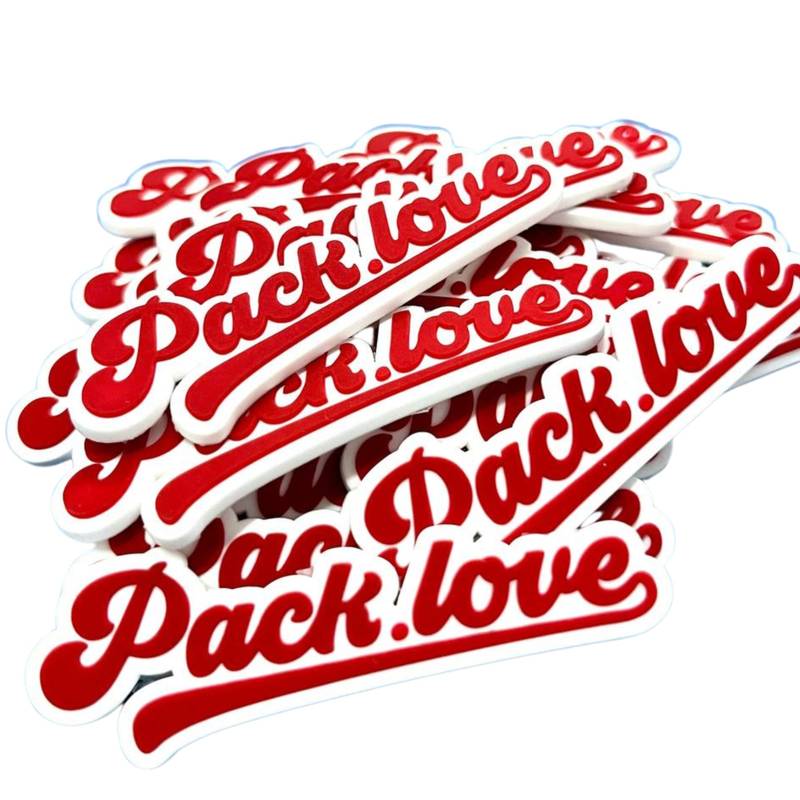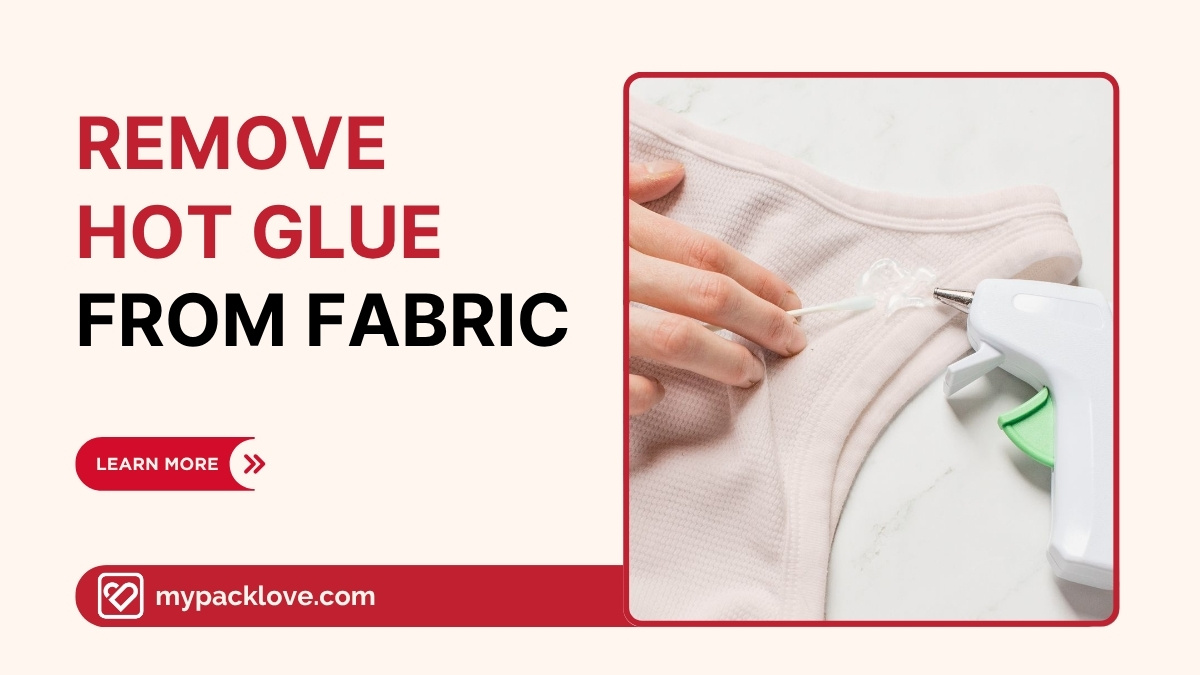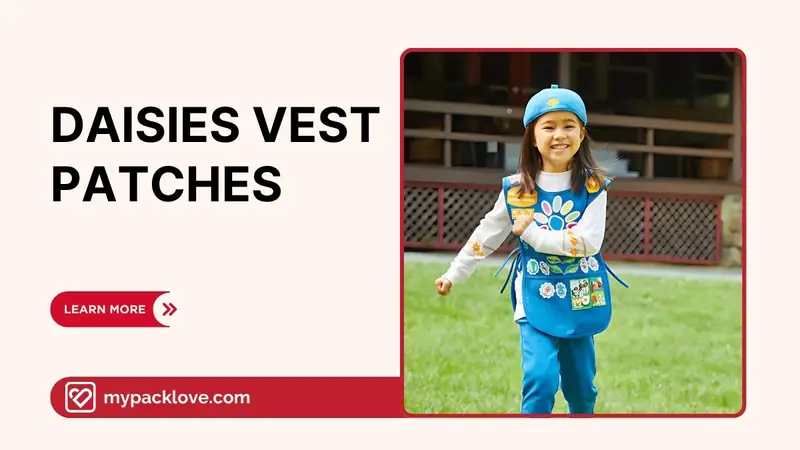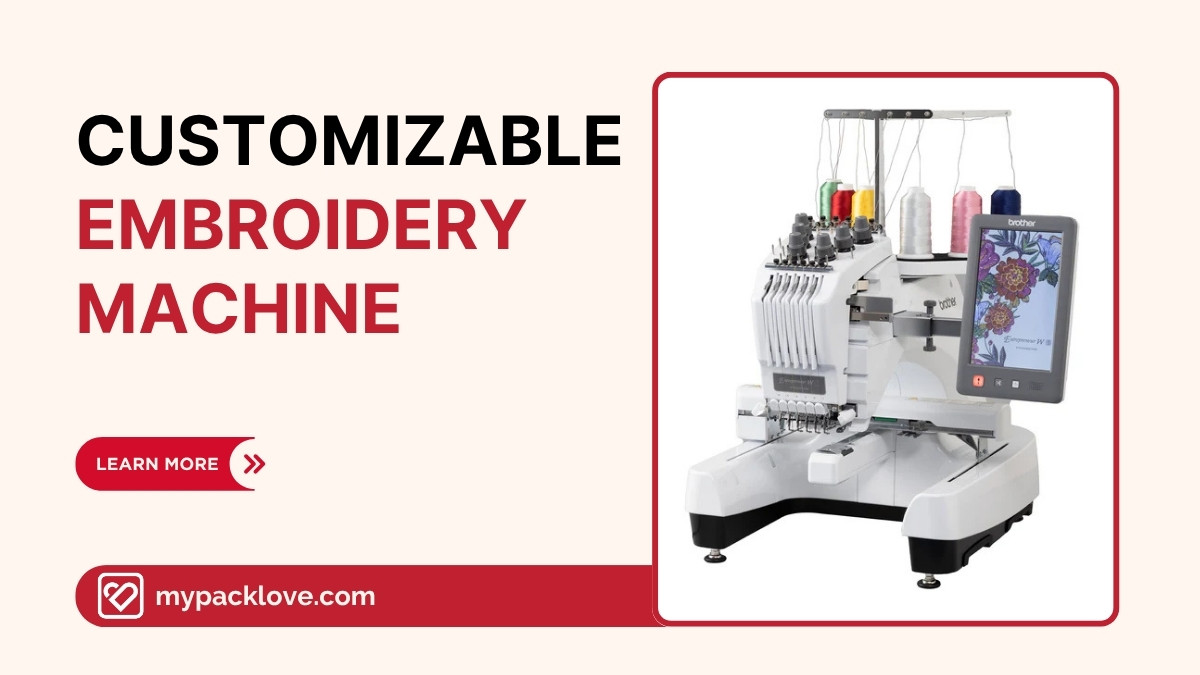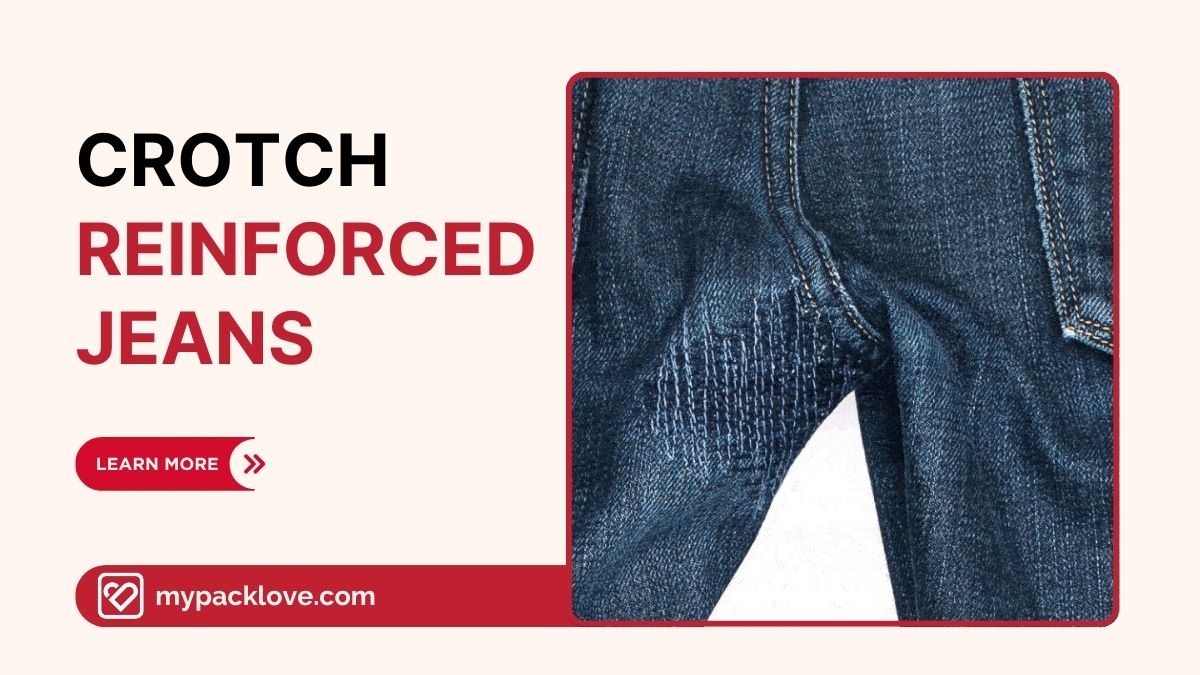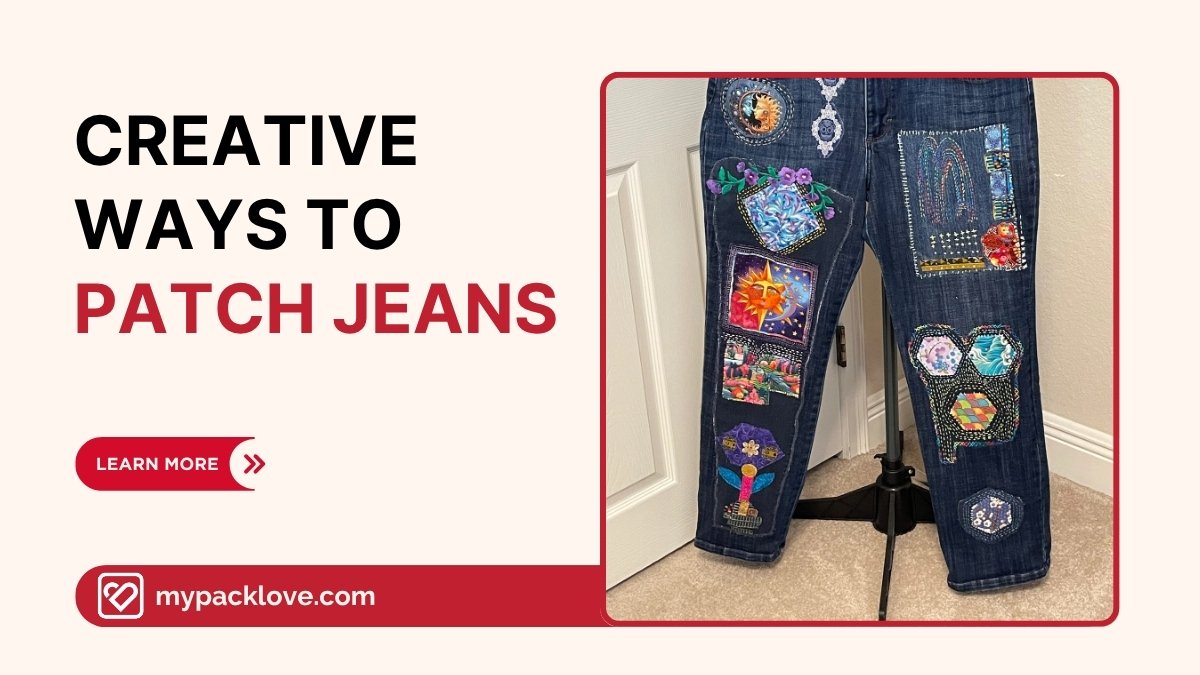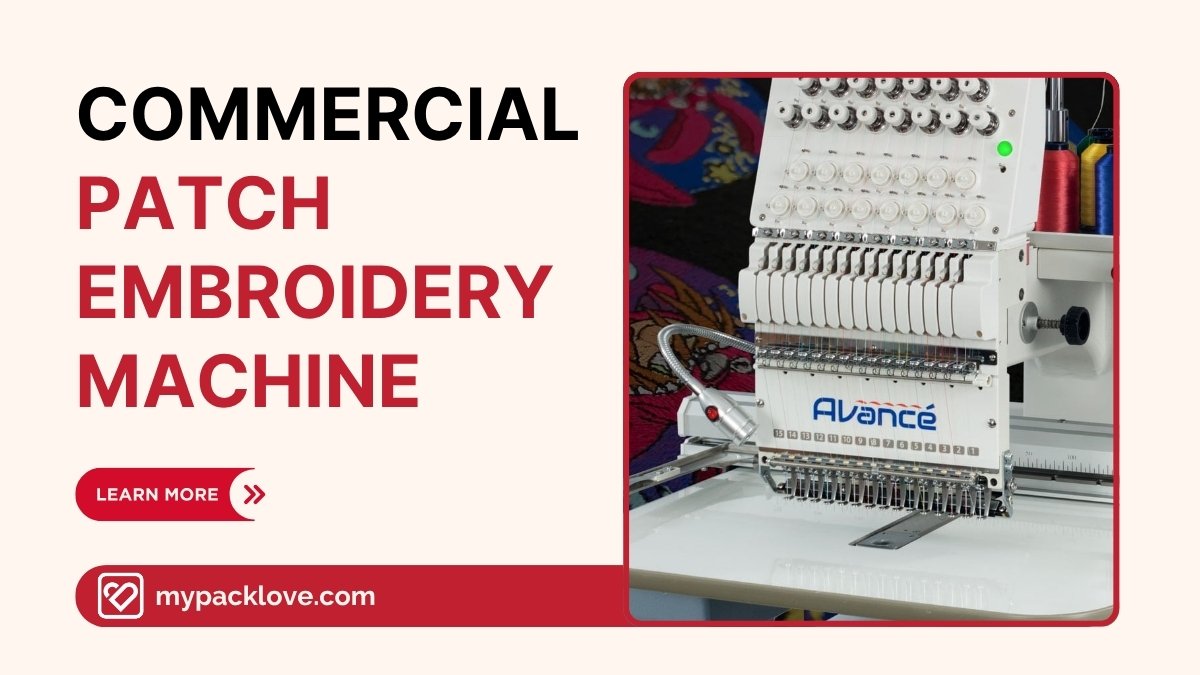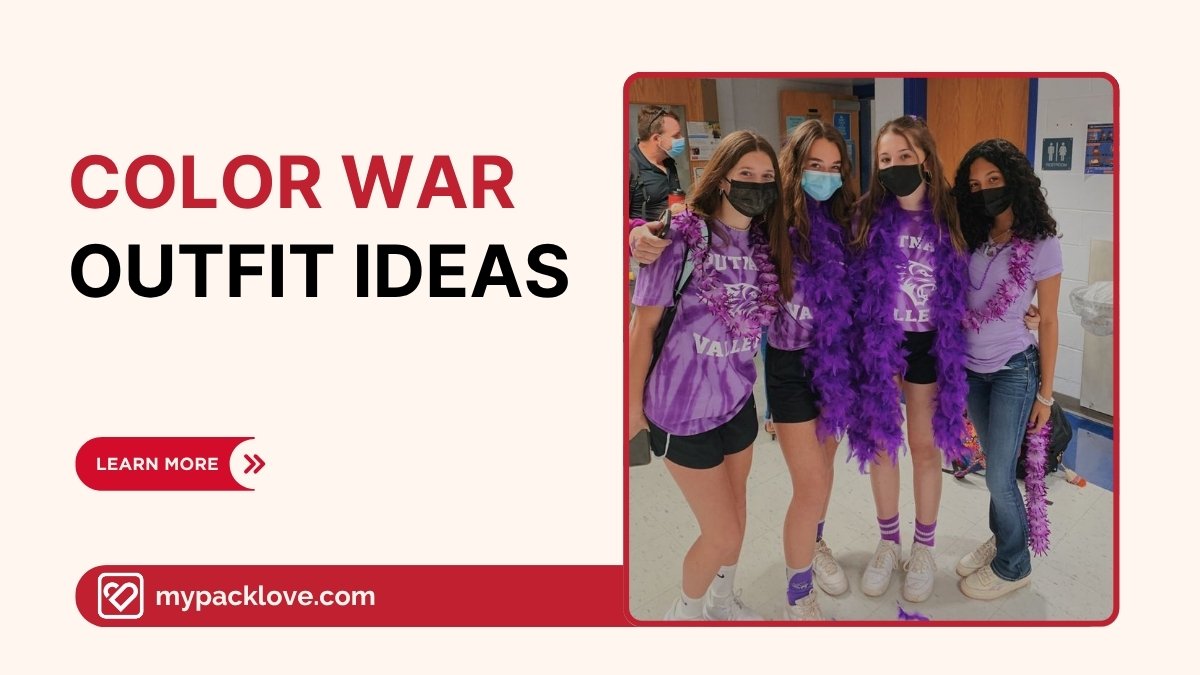Knit Fabric: Types, Uses, and Care Guide
From seasoned sewers to fashion enthusiasts and curious consumers, understanding knit fabrics is crucial for anyone interacting with clothing and textiles. Many find themselves lost in the maze of knit types, struggling to select the right fabric for a project or decipher care instructions, often leading to wasted time and money. Choosing the wrong knit can result in ill-fitting garments or damaged projects, while improper care can ruin cherished pieces. This article will demystify the world of knit fabrics, providing you with the knowledge to confidently choose, use, and care for them, ensuring successful sewing projects and extending the life of your favorite knit garments.
1. What is a Knit Fabric?
1.1 Definition and basic construction
Knit fabric is a textile created by interlocking loops of yarn using knitting needles or a knitting machine. Imagine a chain where each loop is connected to the next, forming a flexible and interconnected structure. This is the fundamental principle of knitting. While hand knitting remains a popular craft, the majority of commercially available knit fabrics are produced using specialized knitting machines, which allow for faster production and a wider range of fabric types.
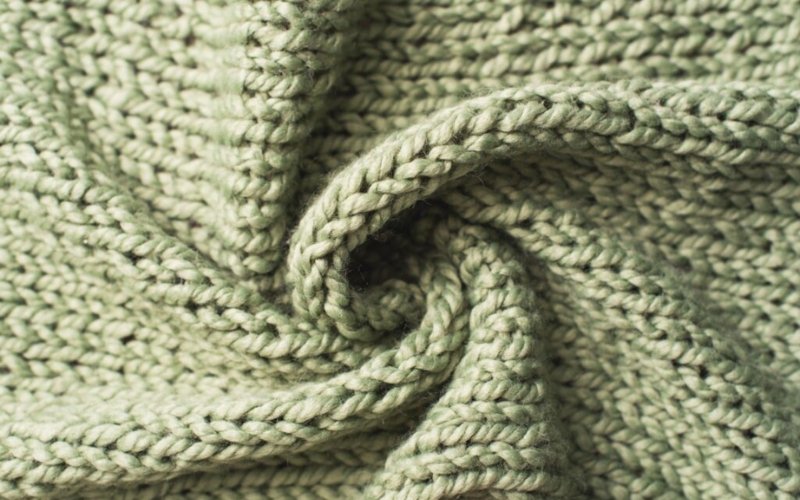
1.2 Key differences between knit and woven fabrics
The primary distinction between knit and woven fabrics lies in how they are made. Woven fabrics are constructed using two sets of threads, known as the warp and weft. These threads are interlaced perpendicularly, creating a firm, grid-like structure. Imagine it like building with Lego bricks, where each brick is precisely placed to create a solid wall.
In contrast, knitted fabrics are formed from a single continuous strand of yarn that is looped together, creating a more yielding and adaptable structure. Think of it like crocheting or knitting by hand – each loop is connected to the next, allowing for movement and give.
This structural difference is what gives knit fabrics their characteristic elasticity and soft drape, similar to a spring that can be stretched and return to its original shape. Woven fabrics, on the other hand, are generally more stable and less prone to stretching, offering a firmer feel. Visualizing the looped structure of knit fabric versus the interlaced structure of woven fabric through a simple diagram can really highlight this fundamental difference.
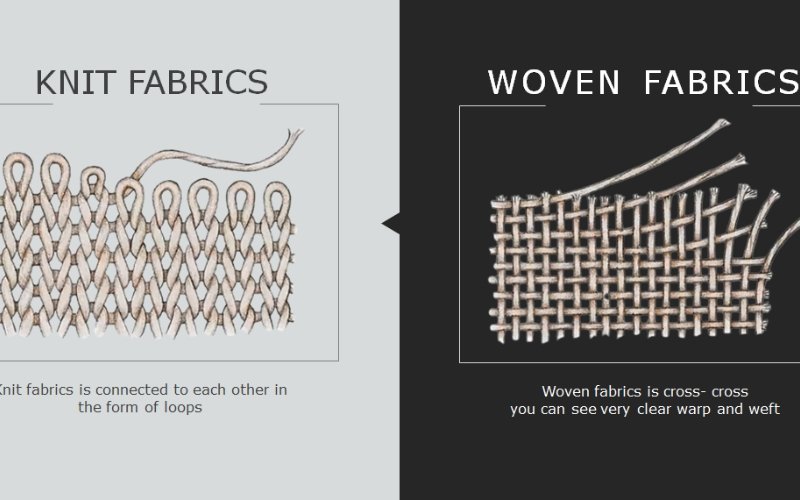
2. Types of knit fabric
2.1 Weft knit fabrics: Versatility and comfort
Weft knits are typically made on a circular knitting machine, which produces a continuous tube of fabric. These fabrics are known for their significant stretch and comfort, making them ideal for a wide range of garments. Weft knits tend to unravel more easily than warp knits if a loop is broken. The loops in weft knits generally run in a horizontal direction.
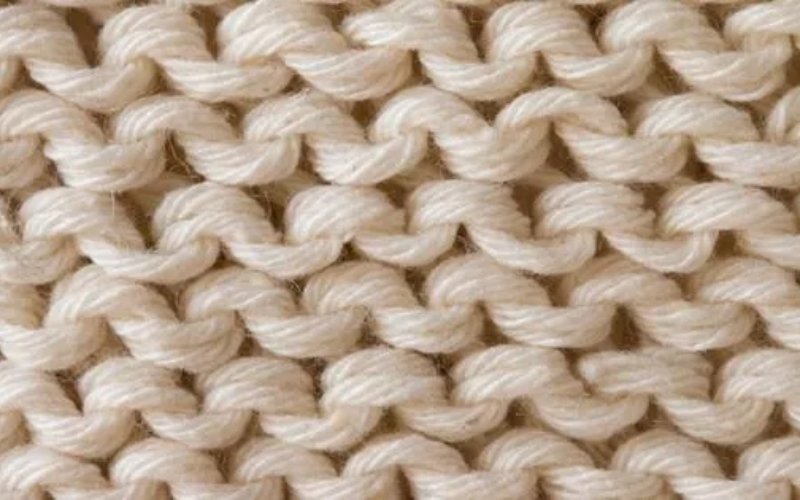
2.2 Jersey knit: The everyday essential
Jersey knit, also known as single knit, is perhaps the most ubiquitous knit fabric. It’s characterized by a smooth surface with a slight, natural curl at the edges. Lightweight and versatile, it offers excellent drape and is used extensively in t-shirts, dresses, and a variety of other garments. Its comfortable feel and adaptability make it a staple in most wardrobes.
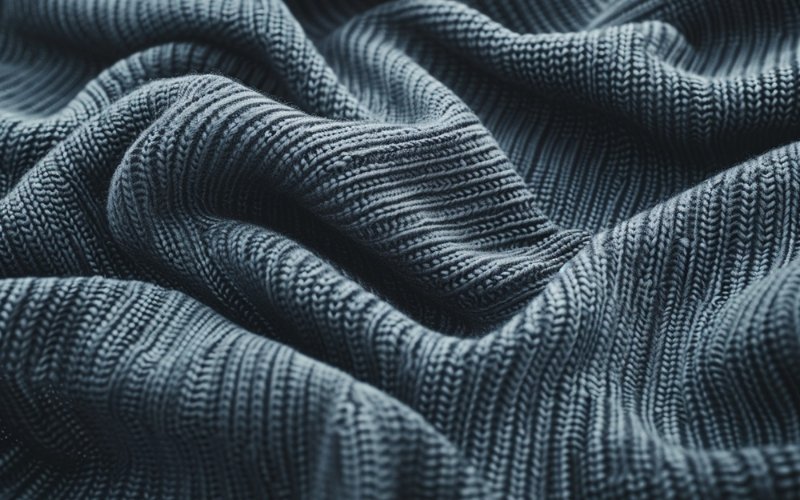
2.3 Rib knit: Textured and elastic
Rib knit is easily identified by its distinct vertical ribs, created by alternating knit and purl stitches. This textured surface provides exceptional elasticity and recovery, meaning it stretches readily and bounces back to its original shape. Rib knit is commonly found in cuffs, necklines, and form-fitting garments where a snug fit is desired. Common variations include 1×1 rib and 2×2 rib, referring to the number of knit and purl stitches used in the pattern.
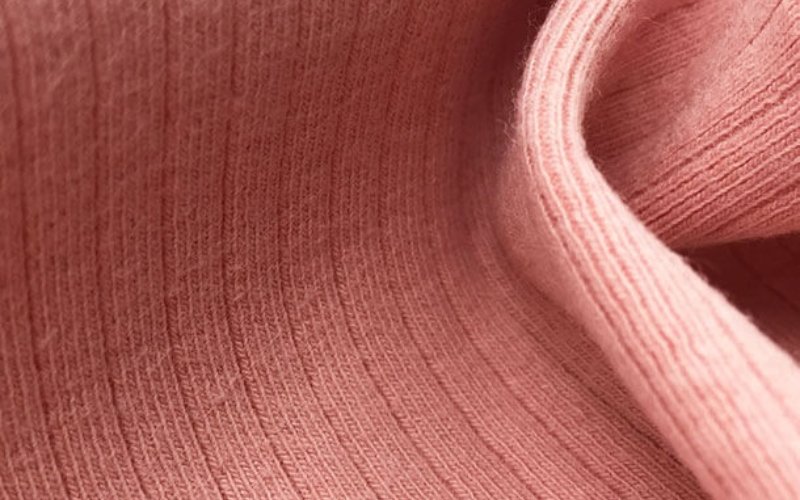
2.4 Interlock knit: Stability and smoothness
Interlock knit is a double-knit fabric, meaning it’s constructed with two layers of fabric knitted together. This double construction provides greater stability and a smoother surface on both sides compared to jersey or rib knit, making it reversible. Interlock is often used for garments requiring more structure and a medium weight, such as skirts, dresses, and lightweight jackets.
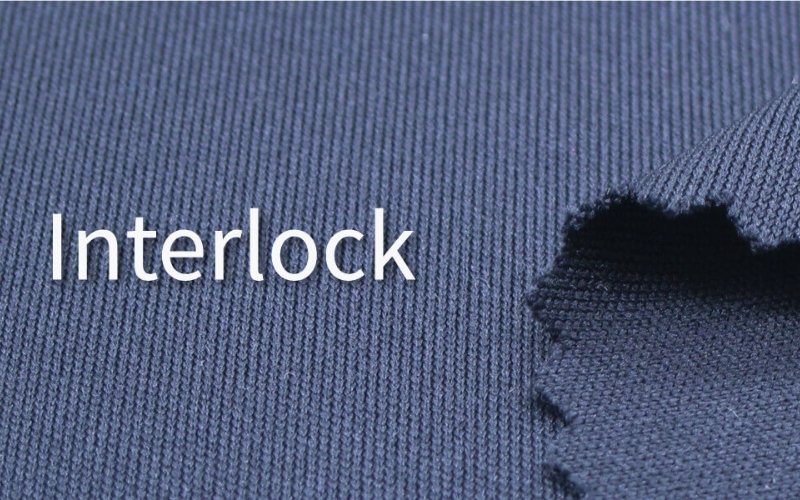
2.5 French terry: Looped for comfort
French terry is characterized by its unique texture: a smooth knit surface on one side and a looped pile on the other. These loops create a soft, absorbent fabric often found in sweatshirts, casual wear, and sportswear. The looped back can be brushed to create a fleece-like texture, adding extra warmth and softness.
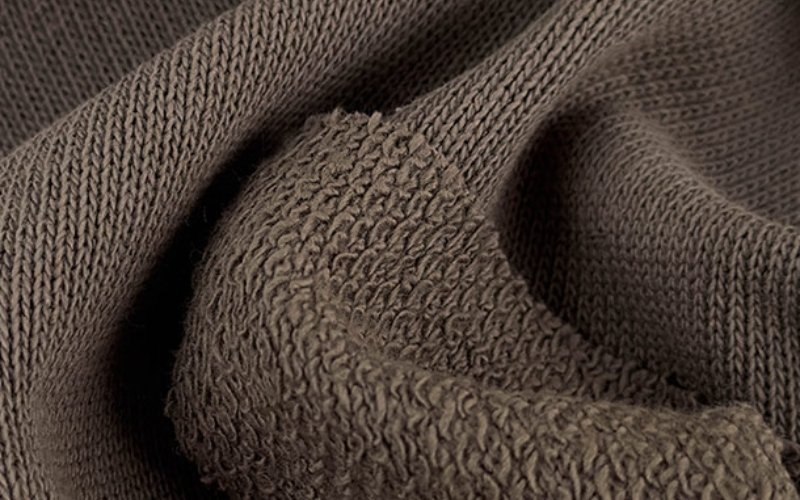
2.6 Warp knit fabrics: Strength and stability
Warp knits are produced on a flat knitting machine using multiple yarns that are interlocked in a vertical, or warp, direction. Unlike weft knits, warp knits are more resistant to runs and ladders. They also tend to have less stretch and greater stability. These characteristics are controlled by guide bars on the knitting machine.
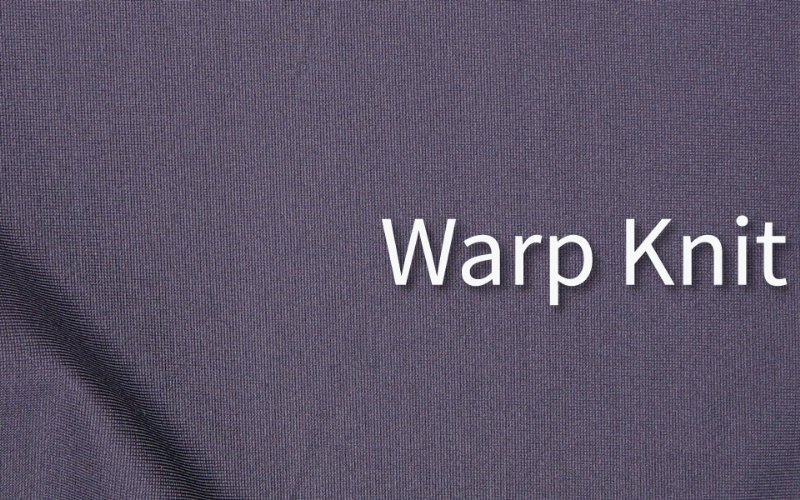
2.7 Tricot: Fine and smooth
Tricot is a fine-gauge warp knit known for its smooth surface, slight sheen, and delicate drape. It’s frequently used in lingerie, linings, and swimwear due to its lightweight and comfortable feel against the skin.
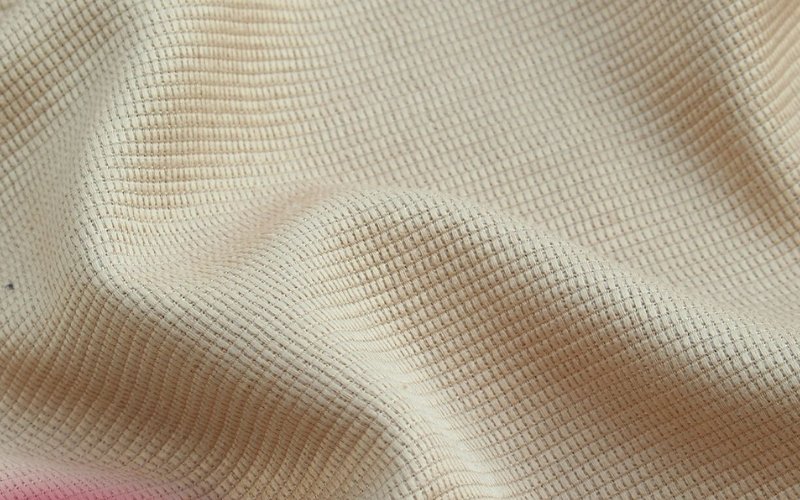
2.8 Raschel: Versatile and textured
Raschel knits are incredibly versatile, capable of producing a wide range of textures, from delicate lace to open mesh to dense, compact fabrics. This versatility is achieved by using multiple guide bars on the knitting machine. Raschel fabrics are used in a variety of applications, including lace, mesh, sportswear, and outerwear.
2.9 Powernet: Strong and supportive
Powernet is a firm, strong warp knit designed for support and compression. It’s a crucial component in foundation garments, shapewear, and activewear, providing shaping and control where needed.
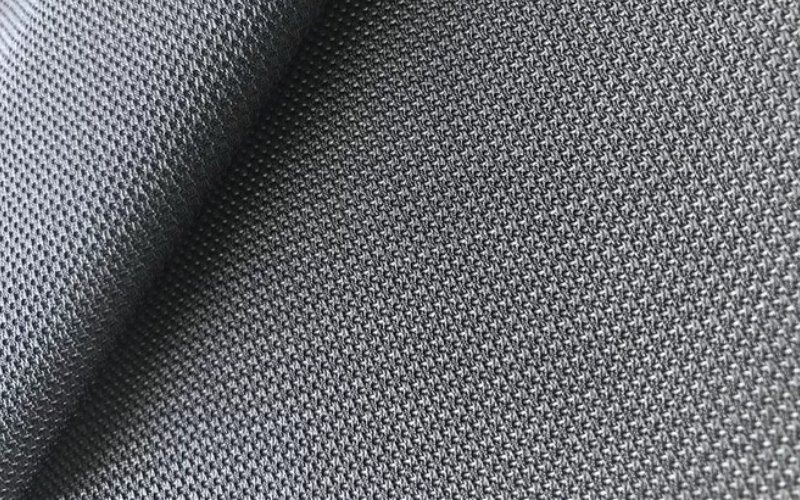
3. Characteristics of knit fabric
3.1 Stretch and recovery: The defining feature
Knit fabrics are renowned for their stretch, which varies depending on the specific knit structure and the fiber content. Some knits, like jersey, offer moderate stretch, while others, like rib knit, are highly elastic. Equally important is a fabric’s recovery, its ability to return to its original shape after being stretched. Good recovery ensures that garments retain their fit and shape over time, preventing sagging and bagging. The inherent stretch of knits allows them to conform comfortably to the body’s shape.
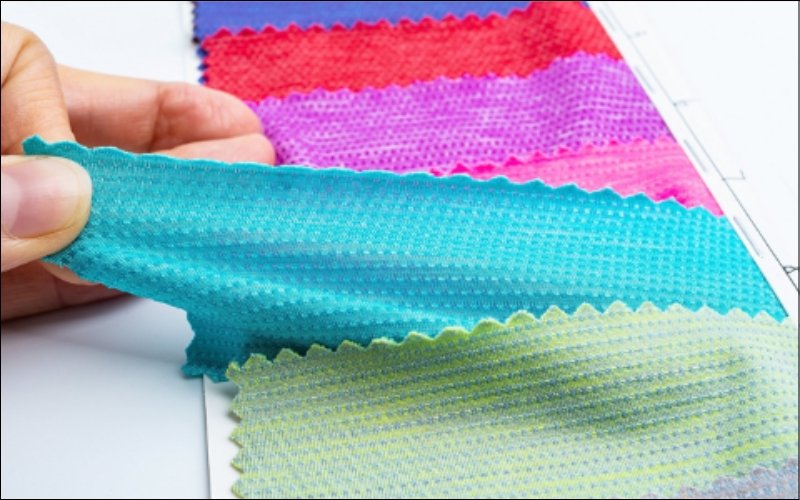
3.2 Drape and hand: How knit fabrics feel and flow
Drape refers to the way a fabric hangs and flows. Knit fabrics exhibit a wide range of drape, from the fluid drape of jersey to the more structured drape of interlock. The “hand” of a fabric describes its texture and feel – whether it’s soft, smooth, rough, or crisp. These qualities are influenced by both the knit structure and the fibers used.
3.3 Breathability and insulation: Comfort factors
The looped structure of knit fabrics can influence both breathability and insulation. The spaces between the loops allow air to circulate, contributing to breathability, while the loops themselves can trap air, providing insulation. Fiber content also plays a significant role; cotton, for example, is known for its breathability, while wool is prized for its warmth.
3.4 Durability and care considerations
While generally durable, knit fabrics can be more susceptible to pilling (the formation of small balls of fuzz) and snagging (pulling a thread out of the fabric) than woven fabrics. Proper care is essential to maintain the appearance and longevity of knit garments. Generally, gentle washing in cold water, drying on low heat or air drying, and ironing on low heat if needed are recommended. It’s important to always check the care label for specific instructions, as different fibers and knit structures may have different requirements. Some knits are even considered machine-washable.
4. Common uses of knit fabrics
4.1 Apparel: From t-shirts to activewear
Knit fabrics are ubiquitous in apparel, forming the basis of countless garments. T-shirts, dresses, sweaters, activewear, swimwear, underwear, leggings, and hosiery are just a few examples. The specific type of knit used depends on the desired properties of the garment. For instance, lightweight jersey is perfect for t-shirts, while rib knit provides the elasticity needed for cuffs and necklines, and interlock offers a more structured drape for dresses.
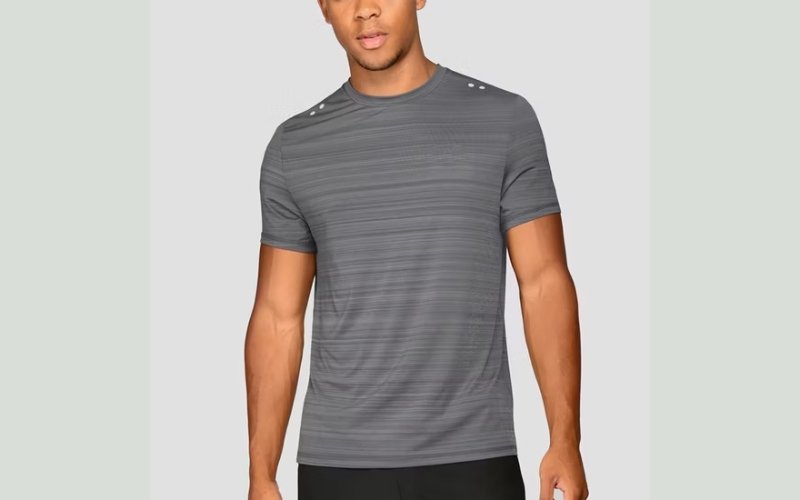
4.2 Home textiles: Comfort and style
Knit fabrics also find their way into home textiles, adding comfort and visual interest to interiors. Blankets, throws, and even some types of upholstery utilize knit fabrics for their softness, warmth, and unique textures.
4.3 Beyond clothing: Industrial and medical applications
Beyond apparel and home goods, knit fabrics are employed in various industrial and medical applications. Their use in medical textiles, such as bandages and surgical gowns, highlights their versatility. They are also found in filtration fabrics and other technical textiles, showcasing their adaptability to diverse needs.
5. FAQs about knit fabric
5.1 What is the easiest knit fabric to sew for beginners?
Stable knits like interlock or ponte di Roma are generally considered easier for beginners to sew. Their double-knit construction provides more stability and less stretch than other knits, making them easier to handle and less prone to distortion during sewing.
5.2 How do I prevent knit fabric from stretching out of shape?
Using a ballpoint or stretch needle is crucial when sewing knits. These needles have a rounded tip that pushes the fabric fibers aside instead of piercing them, preventing snags and runs. Avoid stretching the fabric while sewing, and consider using a walking foot if your machine has one. Proper care, including gentle washing and low-heat drying, also helps maintain the garment’s shape.
5.3 What type of needle should I use for sewing knit fabric?
As mentioned above, ballpoint or stretch needles are specifically designed for sewing knit fabrics. Their rounded tips prevent damage to the looped structure of the fabric.
5.4 Can I iron knit fabric?
Yes, you can iron knit fabric, but it’s important to use a low heat setting and a pressing cloth to prevent scorching or damaging the fibers. Avoid stretching the fabric while ironing.
5.5 What is the best knit fabric for making baby clothes?
Soft, breathable knits like cotton jersey or interlock are excellent choices for baby clothes. Look for fabrics that are certified organic and free of harmful chemicals to ensure the utmost comfort and safety for sensitive skin.
Read more:
Knit fabrics are a diverse and fascinating group of textiles with unique properties, including stretch, drape, and breathability. From the ubiquitous jersey to the textured rib knit, the stable interlock, and the specialized warp knits like tricot and raschel, each type offers distinct characteristics that make it suitable for various applications. Understanding these differences is crucial for making informed choices in sewing, fashion, and other related fields. Whether you’re creating garments, designing home textiles, or simply curious about the fabrics around you, this comprehensive guide provides a solid foundation for exploring the world of knit fabrics. Just like choosing the right packaging enhances a product, choosing the right knit fabric is crucial for a successful project.

